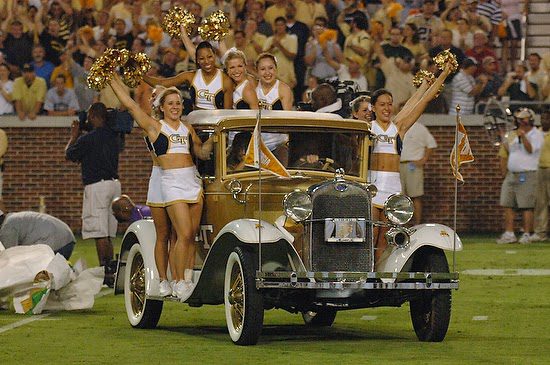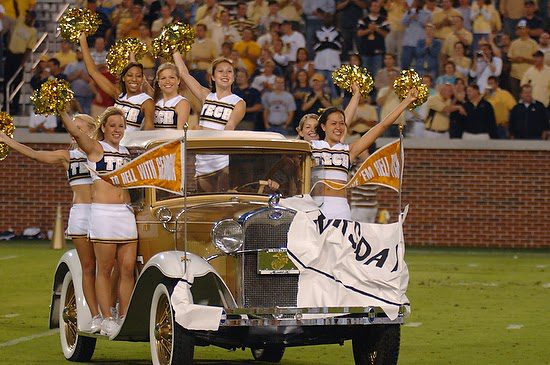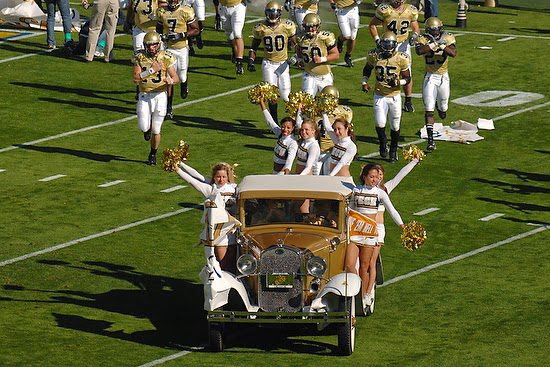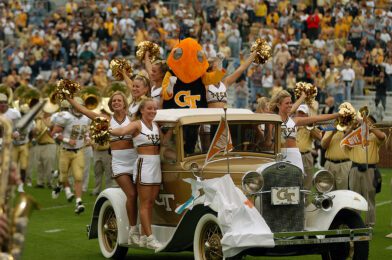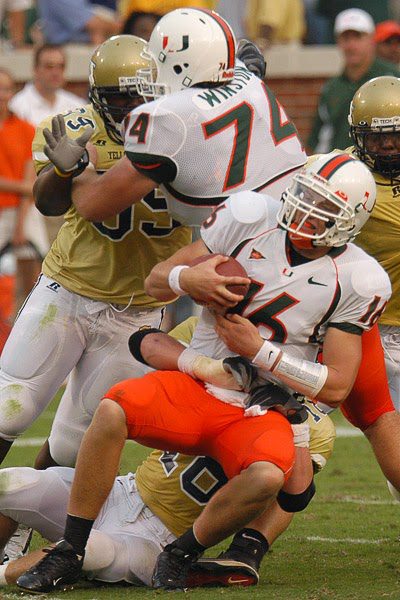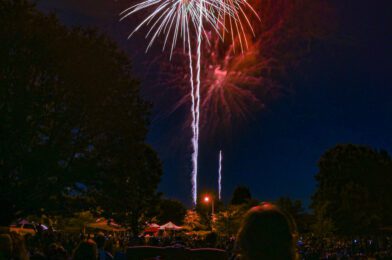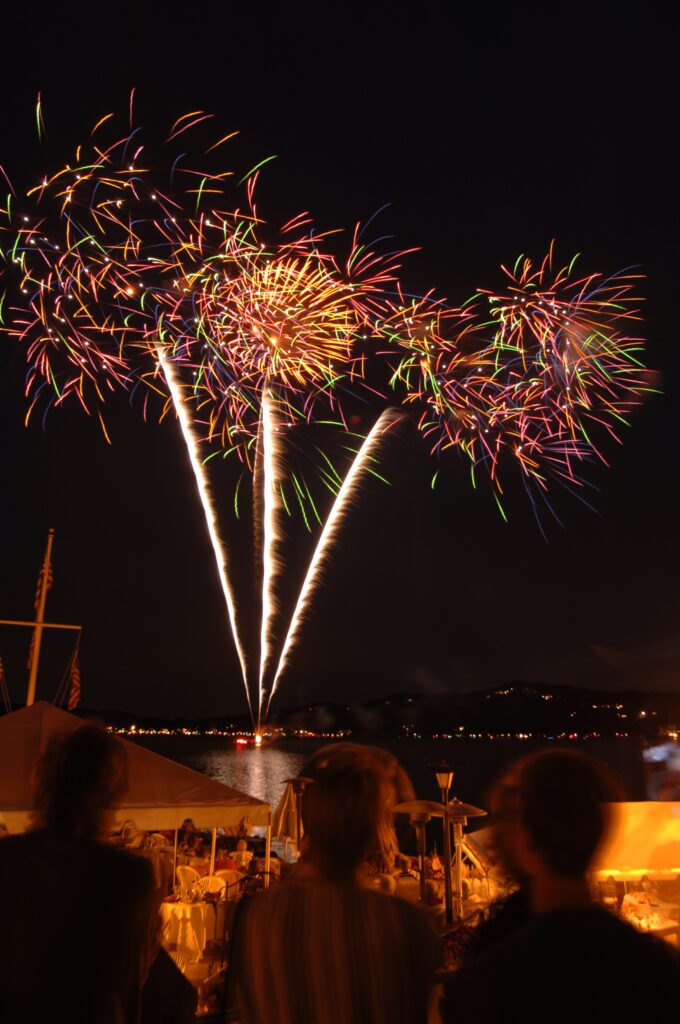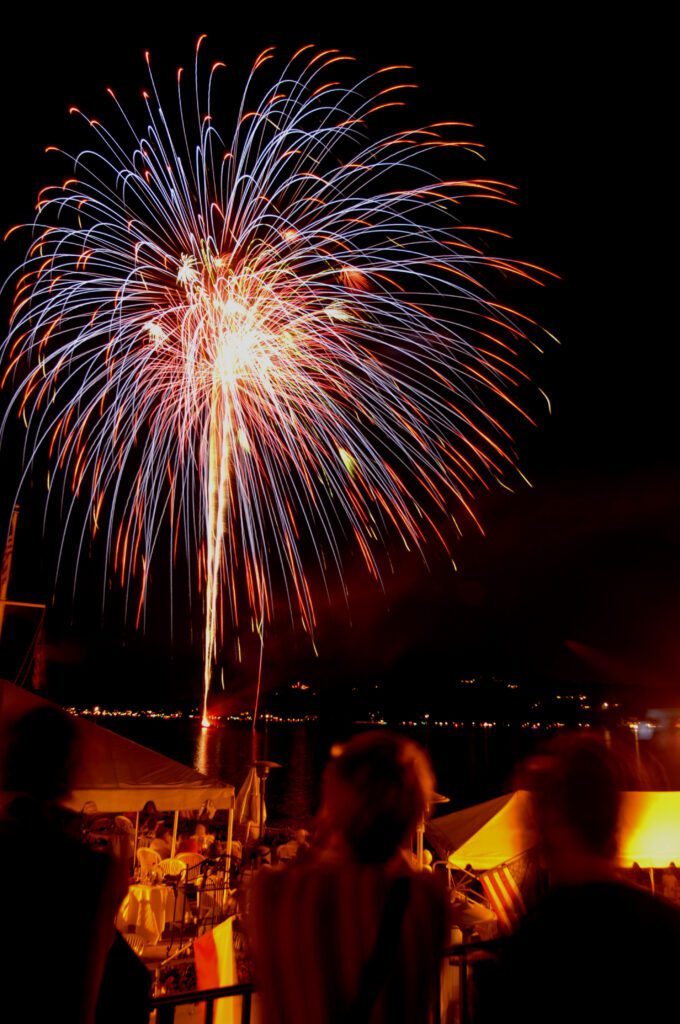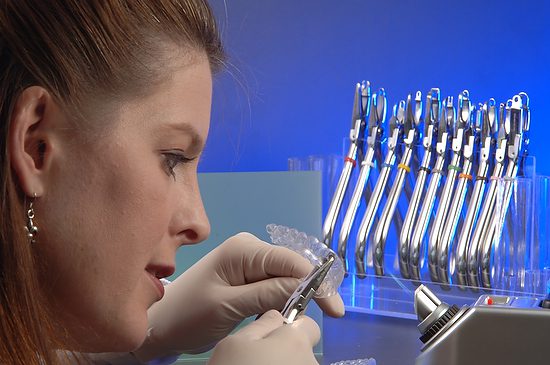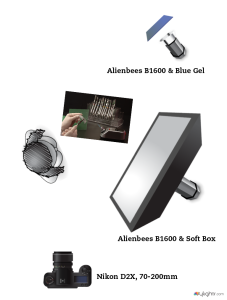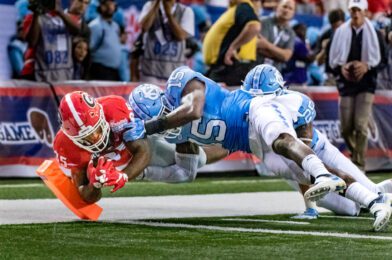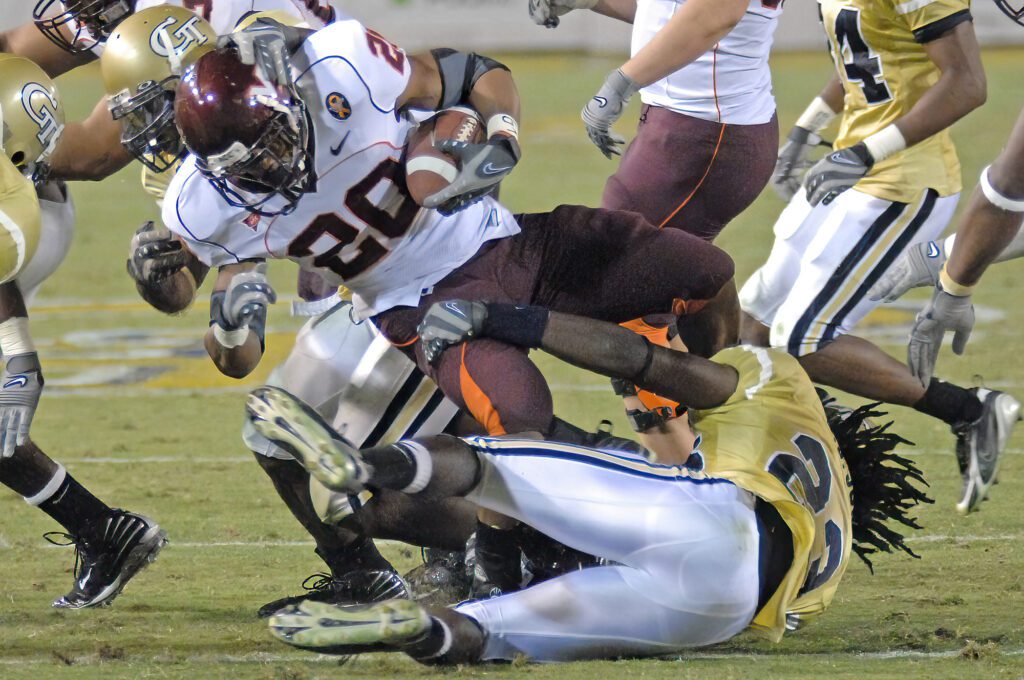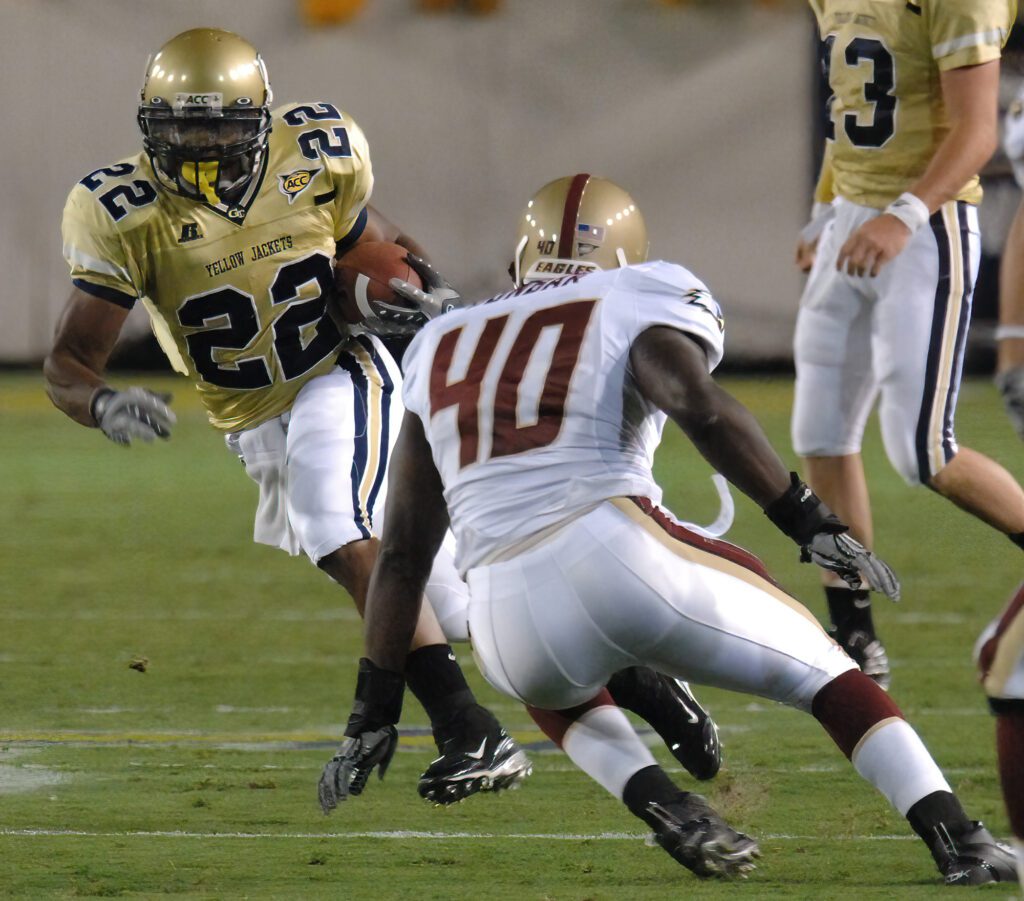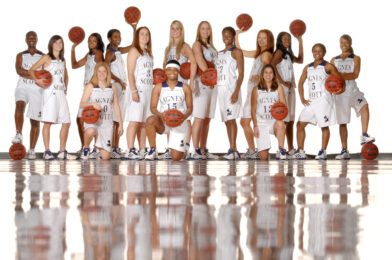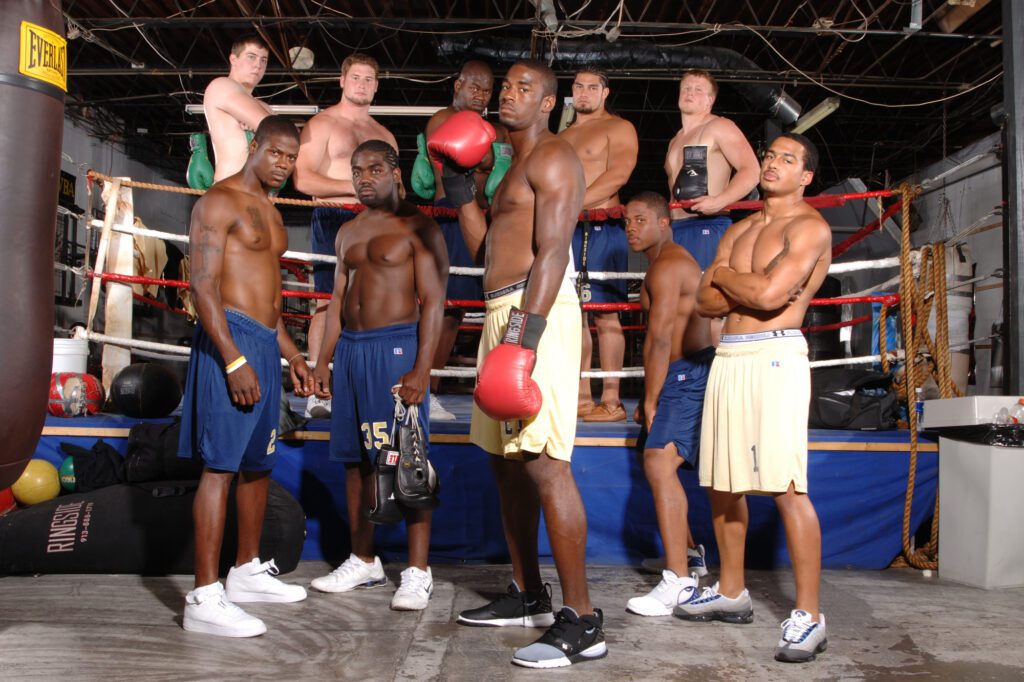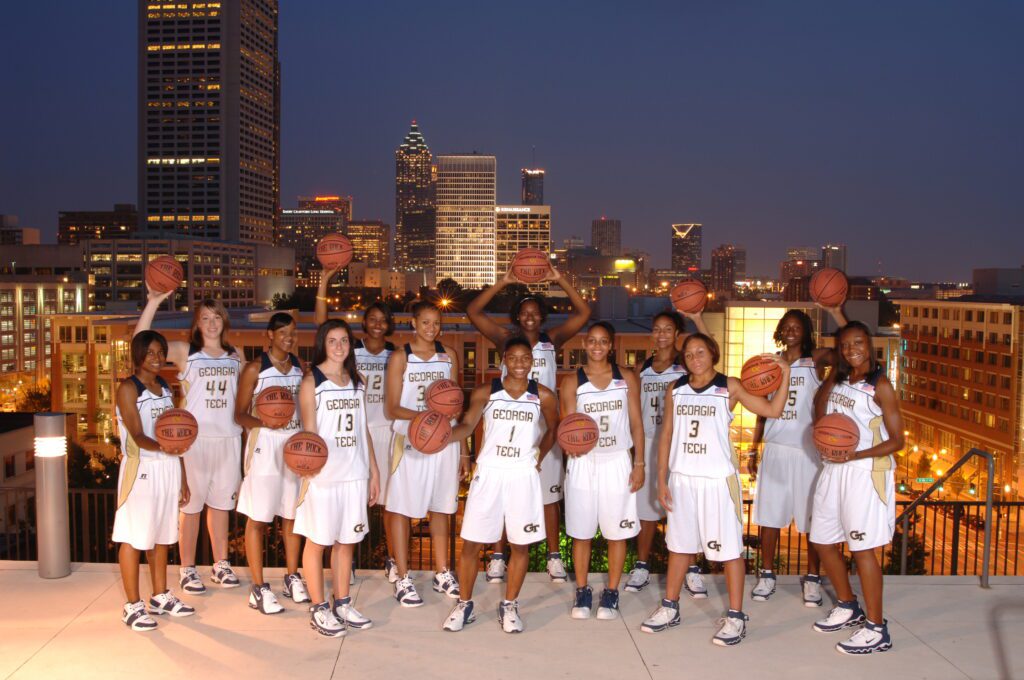| |
| Downtown Lisbon, Portugal [Fuji X-E2, 18-55mm, ISO 25600, ƒ/2.8, 1/160] |
To get work, you need a portfolio, not a degree. So yes, you could have saved much money without earning a degree from a great school. But unfortunately, based on some of the work I continue to see by students graduating from photo schools worldwide, many have wasted a lot of money.
How do you start if you are not in a photo school? Well, that is the catch. You see, you need someone to help introduce you to the tools you need to master and to teach you some of the standards. However, almost every school does teach you how to operate your camera to get good exposure, and they teach you how to use the latest software as well. In addition, most schools do a great job of exposing you to the work of the masters in the profession.
‘You can lead a horse to water, but you can’t make it drink.’
I think this is what a good education will do for those who want to learn how to be a photographer. First, they show you what you need to do. Then, they give you assignments that teach you how to create those elements that will help you make a portfolio.
Passion not Assignments
Your portfolio must communicate to those you wish will hire you that your work will grab their attention. So no matter the subject, you need to SURPRISE the audience with your photos.
 |
| The First 100 attendees at the Chicago Chick-fil-A grand opening played Face the Cookie, where they used the muscles in their faces to move the cookie to their mouth. [Nikon D4, 14-24mm, ISO 9000, ƒ/10, 1/100] |
Too many students are just shooting the assignments they are given and then pulling the best from their jobs and putting them into their portfolios. Why is this such a big mistake?
First of all, the assignment work given to you is seldom something that speaks to your passions. You then work hard at finding out the standards for the grading and then shoot to get a good grade. This process is enough for a few people to create an excellent portfolio image. However, the vast majority of the students are just going through the motions to complete the assignment. Often they waited till the last moment to shoot.
If you were not doing photography, what would be the one thing you would want to do? Maybe you would like to be going to soccer games and watch them. Perhaps you are a foodie. You like going to farmers’ markets and finding the local food and going to restaurants that buy local as well. Maybe you would be spending time working with a nonprofit and building wells worldwide.
Follow your passion and build your portfolio around it.
 |
| [Nikon D4, 14-24mm, ISO 12800, ƒ/8, 1/160 |
If your passion is music, then do more than go to concerts. Could you pick up an instrument and master it? Learn music theory, so you understand music at a much deeper level.
 |
| [Nikon D2X, Sigma 120-300mm with 1.4 converters, ƒ/6.3, 1/2500] |
If you like sports, then play in a league. I used to play basketball three times a week in pickup games for more than 20 years.
Those that will hire you are experts already in their subjects. They will not respect you unless you show a similar passion for the subject as they do.
They are most likely aware of most of the best photography in their industry. To SURPRISE the experts will be hard to do. But, you have to, or they will continue to use who they have shooting for them now.
Show Me!
“Show me the money,” Tom Cruise, playing Jerry Maguire, said in the 1996 movie Jerry Maguire movie. The point was that talk is cheap to a football player who hired Jerry Maguire as his agent. He needed a good contract.
Please show me your portfolio is the same request your potential clients are asking you to deliver to them. Your work better SURPRISE them because they already have photographers shooting for them. You have to impress them to want to use you.
Passion NOT Assignments
The easiest thing to do is to give me your best effort for all your assignments. But, unfortunately, that kind of work seldom competes against a photographer who is passionate about their subjects.
School vs. Real Word
If your photo school ran all their classes like the real world, then every type would pass/fail. Everyone would hand in their assignments, and only one person in the class passed. The best photos for that assignment, as perceived by the teacher, would get a passing grade. Everyone else would fail.
My friend Dr. Bob Carey, department chair for the Department of Communications at Gardner-Webb University, said he toyed with the idea of doing just that for an assignment on creating an estimate. He said he did tell the students about his idea but wanted them to understand that is the way it will be once they graduate.
Mark Johnson, Senior Lecturer of Photojournalism at the University of Georgia’s Grady College of Journalism and Mass Communication, has created identical camera kits for each student. This way, everyone in the class is on equal footing when they have given an assignment.
Pat Davison, Professor, School of Journalism and Mass Communication, University of North
Carolina-Chapel Hill creates workshops overseas to give real-world experiences to his students.
Dennis Fahringer, who runs the photo schools for the University of Nations, brings in working professionals to teach segments and takes his advanced photo school overseas for a month on assignments.
All my teaching friends work at taking those horses [students] to the water to drink. The assignments they give are typical. The problem for the student is seldom will they be as passionate about those assignments. So they need to provide a self-assignment on something they care about.
Please take what you learned in photo school and now go and apply it to your passions. Then you will have an outstanding portfolio.
